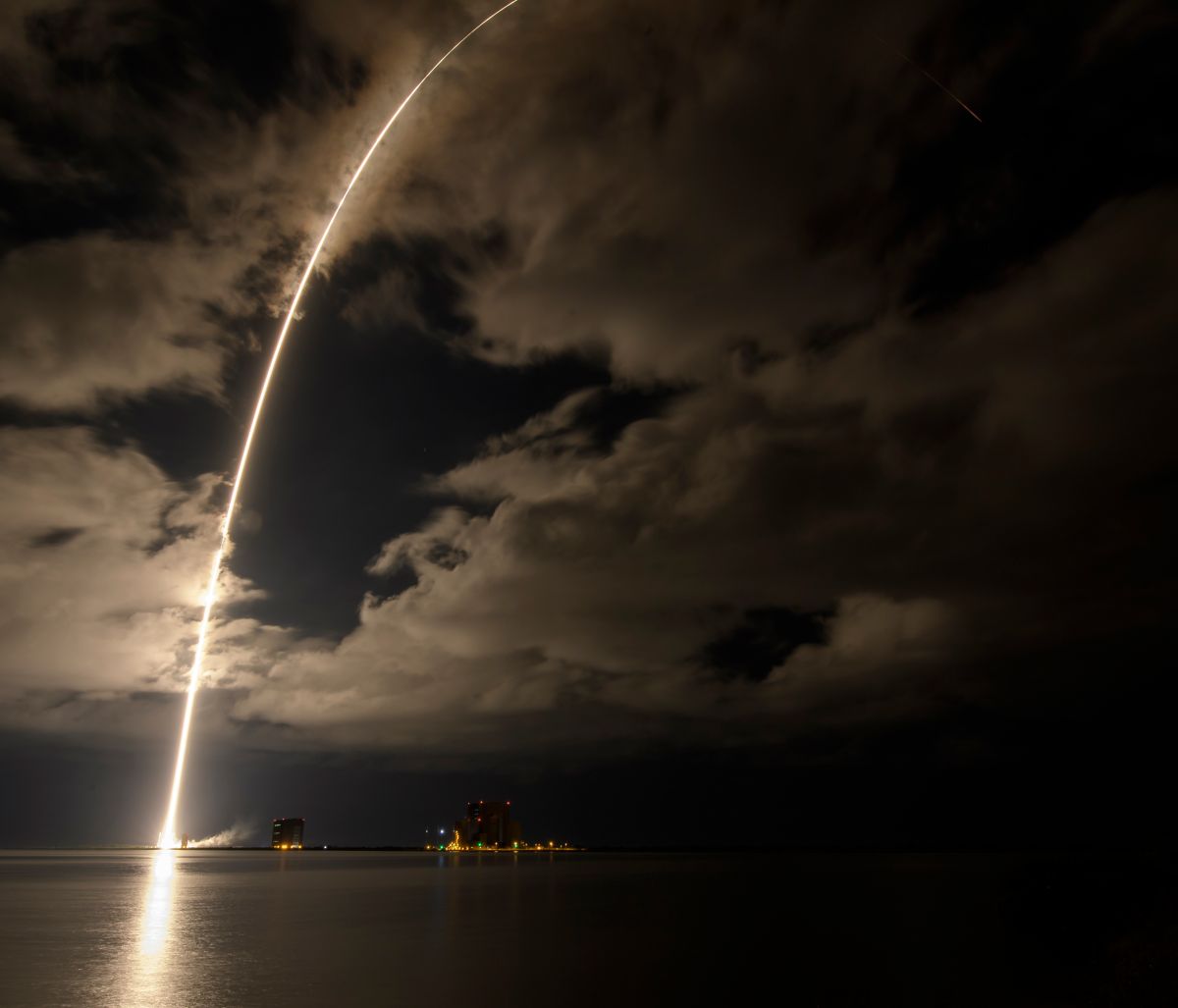NASA launches Lucy, the spacecraft to hunt asteroids


The United Alliance Atlas V rocket with the Lucy spacecraft lifted off on Saturday.
Photo: Bill Ingalls / NASA
The mission Lucy of the POT, the first of the agency to asteroids Jupiter Trojans, was launched at 5:34 a.m. EDT Saturday on a United Launch Alliance (ULA) Atlas V rocket from Space Launch Complex 41 on the Space Force Station of Cape Canaveral on Florida.
For the next 12 years, Lucy will fly together to a main belt asteroid and seven Trojan asteroids, making it the first agency spacecraft mission in history to explore so many asteroids different. Lucy will closely investigate these planet-forming “fossils” during her journey, helping to understand how the Solar System formed.
“Lucy embodies NASA’s enduring quest to get out into the cosmos for the sake of exploration and science, to better understand the universe and our place within it,” said the NASA administrator. Bill nelson. “I can’t wait to see what mysteries the mission uncovers!”
About an hour after launch, Lucy detached from the second stage of the ULA Atlas V 401 rocket.
Its two massive solar panels, each nearly 24 feet (7.3 meters) wide, successfully deployed about 30 minutes later and began charging the spacecraft’s batteries to power its subsystems.
Lucy sent her first signal to Earth from her own antenna to NASA’s Deep Space Network at 6:40 a.m. The spacecraft is now traveling at approximately 67,000 mph (108,000 kph) on a trajectory that will orbit the Sun and bring it back. back to Earth in October 2022 for a gravity assist, which will allow you to continue your journey to the final destination: the planet Jupiter.
The Lucy mission, named for the fossilized skeleton of one of our oldest known hominid ancestors, will allow scientists to explore two swarms of Trojan asteroids that share an orbit around the Sun with Jupiter.
Scientific evidence indicates that Trojan asteroids are remnants of the material that formed giant planets, such as those that exist in our Solar System.
Studying them can reveal previously unknown information about their formation and the evolution of our Solar System, in the same way that Lucy’s fossilized skeleton revolutionized our understanding of human evolution.
“These primitive bodies contain vital clues to decipher the history of our Solar System and can even inform us about the origins of organic materials, and even life on Earth,” the site details. www.lucy.swri.edu.
This portal has counted down since the mission was officially announced until dawn this Saturday, when Lucy took height while attached to the rocket and then separated to undertake her long journey.
“Twelve years, eight asteroids, one ship,” reads the mission’s motto.
An interactive space travel
“The space is big. Really big. And traveling such far distances takes a long time. It will be six years before Mission Lucy finally reaches its first Trojan asteroid. Stay in touch with Lucy’s journey by creating yours, ”NASA invited on social media.
Since the beginning of this month, NASA is inviting space lovers to participate in the mission in many ways.
For example, he has invited the curious to build their own time capsule, just as the ship carries a time capsule with inspiring messages from award-winning thinkers and poets of various nationalities.
It has also provided a “virtual launch passport” for the curious.
“Where will you be and what will you do in August 2027? And in March 2033? NASA knows exactly where the Lucy spacecraft will be: flying through never-before-explored Trojan asteroids!
.



